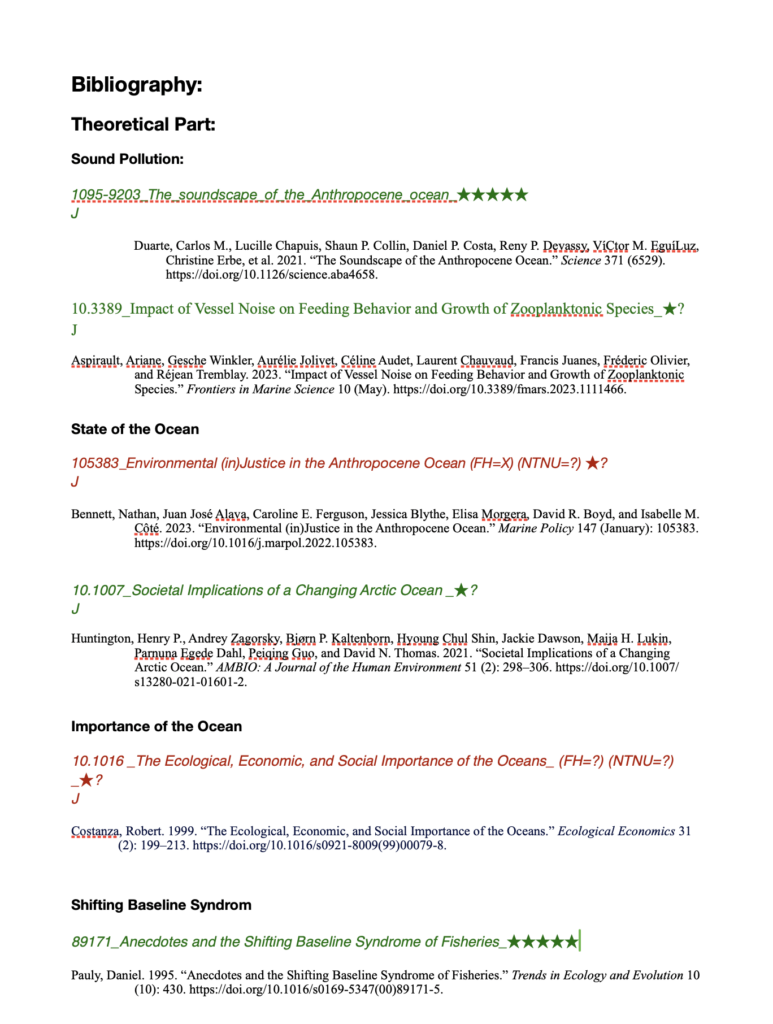Initially, the idea of writing academic blog posts felt like an unnecessary hassle. As a Media design student completing the masters degree, buried under heaps of projects and work, adding another task to the pile seemed daunting. I’ll be honest – when the suggestion first came up, I wasn’t sold. But little did I know, this seemingly small addition would become a game-changer in my academic journey.
At first, academic blogging seemed like an obligation rather than an opportunity. I questioned its relevance among all the other tasks demanding my attention. Yet, as I reluctantly started this journey, I quickly realized that academic blogging was far from a waste of time. It became a platform for me to explore ideas, share insights, and develop sketches.
However, the journey wasn’t without its challenges. Balancing the demands of writing regular blog posts alongside other projects was tough. There were moments when it felt like a constant burden, a distraction from the “real work”.
Writing blog posts forced me to clarify my thoughts and express my ideas clearly. It challenged me to break down complex concepts into simple language, making my research more understandable to a broader audience. In doing so, I gained a deeper understanding of my work, discovering connections and insights that had previously eluded me.
Perhaps most importantly, academic blogging became a form of accountability, keeping me on track and motivated in my research. Knowing that I had committed to sharing regular updates on my progress kept me focused, even when things got tough. It provided structure and discipline that were invaluable in the long journey of thesis writing.
Looking back, I can now see that my initial reluctance towards academic blogging was unfounded. What started as a grudging task evolved into a transformative experience that shaped my academic journey.
Without a doubt, academic blogging has been crucial in helping me visualize, articulate, and develop my master’s thesis. It pushed me out of my comfort zone, challenged me to think critically, and connected me with a vibrant community of scholars and researchers.

